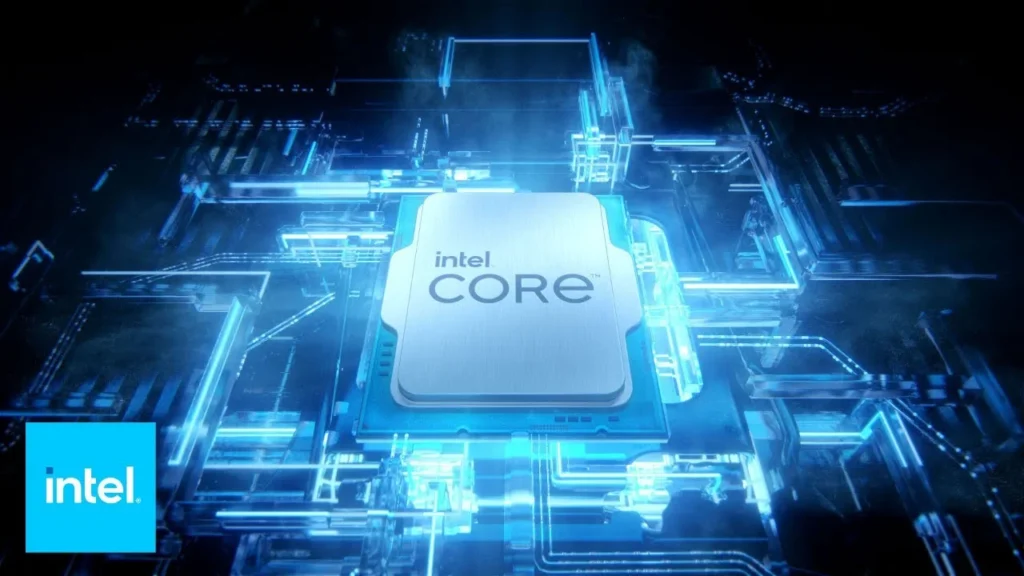
Intel’s corporate struggles have culminated in a major leadership shake-up, as CEO Pat Gelsinger has announced his retirement amidst one of the most challenging periods in the company’s history. The news was confirmed via a press release today, detailing that two current executives, David Zinsner and Michelle Johnston Holthaus, will step in as interim co-CEOs while Intel’s board searches for a permanent successor.
Gelsinger’s departure marks a pivotal moment for Intel, which has faced significant headwinds over the past year. Widely criticized for the underwhelming performance of its 13th- and 14th-generation Core processors, Intel has also struggled to fend off fierce competition from AMD in the CPU market and Nvidia’s dominance in AI-related technologies. These challenges have contributed to a staggering 50% decline in Intel’s stock price within a year, making it one of the worst-performing companies in an otherwise thriving tech market. Speculation about potential acquisitions or mergers has grown, with industry giants like Qualcomm, Apple, and Samsung rumored as potential suitors.
While Gelsinger’s tenure as CEO began in February 2021, his ties to Intel date back to 1979 when he joined as a technician. Over the decades, he played a critical role in shaping Intel’s legacy, contributing as a programmer, architect, and eventually as a vice president by the age of 32. After leaving the company in 2009 for executive roles at EMC and VMware, Gelsinger returned in early 2021 with hopes of reviving Intel’s fortunes. However, the mounting pressures of a rapidly shifting semiconductor landscape and Intel’s failure to keep pace with industry trends may have accelerated his retirement at age 63—an age considered relatively young in the modern tech leadership sphere.
Despite these challenges, Intel remains a foundational player in the global tech ecosystem. Its infrastructure is so deeply embedded in consumer technology that a sale or breakup may be unlikely, particularly as geopolitical tensions and trade concerns with China intensify. However, the company’s struggles underscore the monumental task awaiting the next CEO. While Intel’s legacy as a semiconductor giant is secure, restoring investor confidence and market competitiveness will require bold strategies and innovative solutions.




